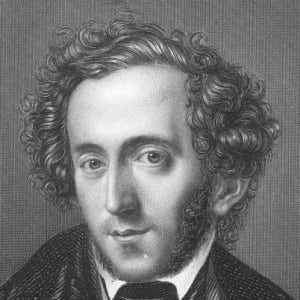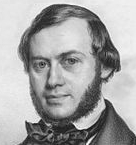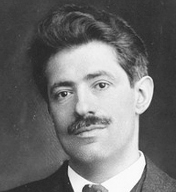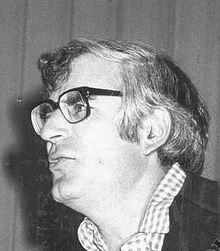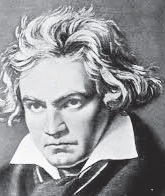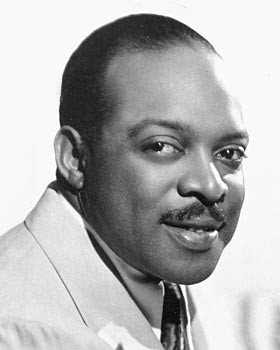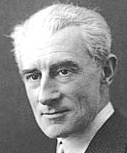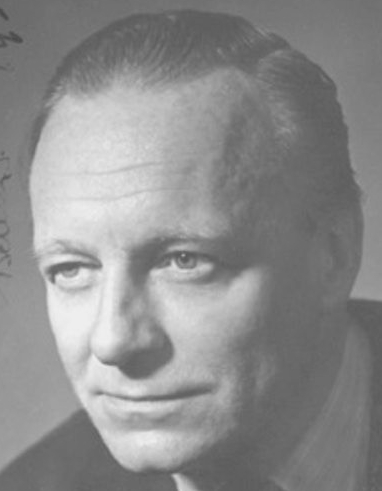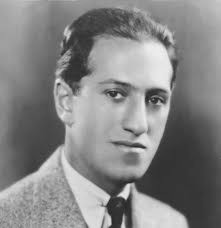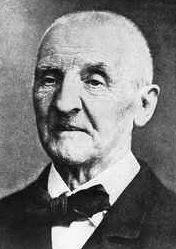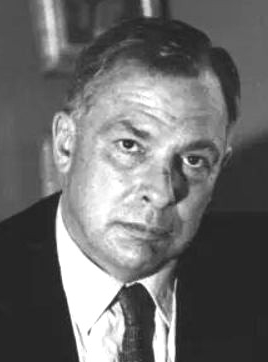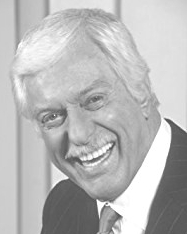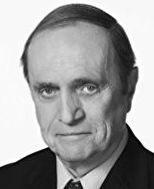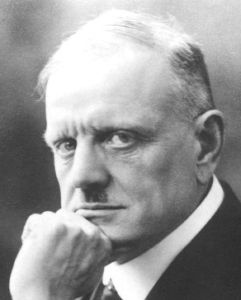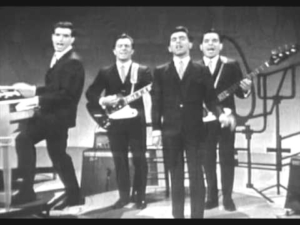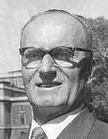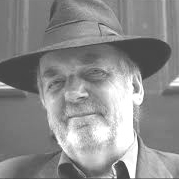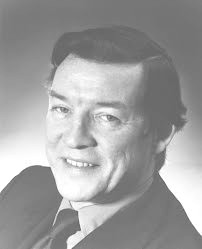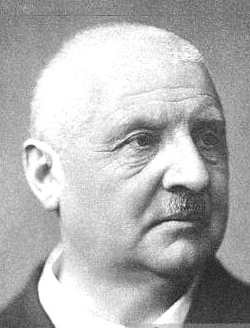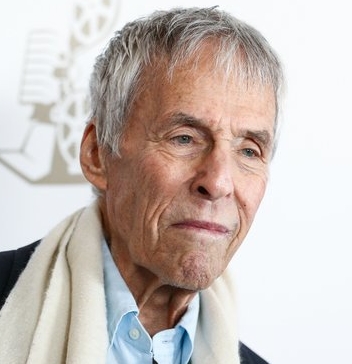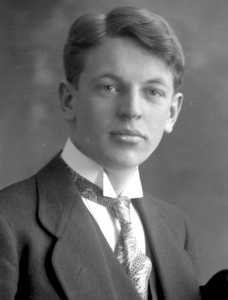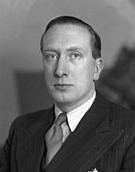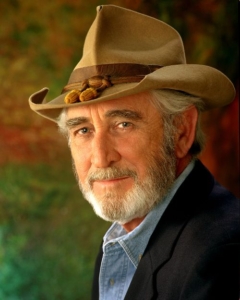Beethoven
Pastoral Symphony and Leonore Overture No. 3
Wilhelm Furtwangler conducting the Turin Radio Orchestra of Italy; Urania URN 22.227, CD, from a 1952 broadcast and issued 2002.
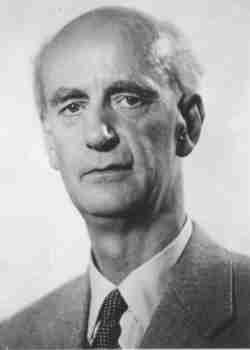
Wilhelm Furtwangler
Wilhelm Furtwangler (1886-1954) was one conductor now considered by more collectors and listeners to classical recordings to be very close to the greatest who ever lived – despite a catalog of recordings that are often live broadcasts of just fair to average sound quality, a wayward conducting technique and a tendency to do certain pieces over and over; for example, there are 11 or more different performances of Beethoven’s Eroica Symphony.
But there is an exalted inspiration that seeps into his conducting and stirs this listener. He will use very slow, lumbering tempos or speed them to a Richard Petty level to achieve these depths. Sometimes he misses this target and mixes good and bad qualities. Still, a friend who owns just about every lp, cassette and cd of him commented to me that even 5 minutes of inspired music-making will be 10 or 15 bucks well spent .
Because of Furtwangler’s decision to stay in Germany during the Hitler years of 1933-45, he stirred a lot of controversy. And because of limited space, I cannot go into detail. However, it should also be known that the conductor used his influence to help many individuals and their families to leave Germany for safe haven . Those curious should check out Google and other related sources.
These two Beethovens are available in numerous good modern editions by other conductors but this cd should please fans of the conductor and is cheaply priced and available through the online Berkshire Record Outlet where I found my copy.
Haydn
Symphonies 83, 84 and 88
Jane Glover conducting the London Mozart Players; Musical Heritage Society 322541A, cassette, recorded 1989.

Jane Glover
Jane Glover has become one of the finest interpreters of lesser known baroque composers such as Cavalli, on whom she has expended much research, and of the later two geniuses of the 18th century classical period, Mozart and Haydn. These three works of the latter are among the most graceful, spirited symphonies to be found in the composer’s very extensive catalog. And Glover and her players deliver exceptional performances.
The Last Hurrah
starring Spencer Tracy, Basil Rathbone, John Carradine, Pat O’Brien, etc.; directed by John Ford; Columbia Pictures, dvd, 1958, 121 minutes.
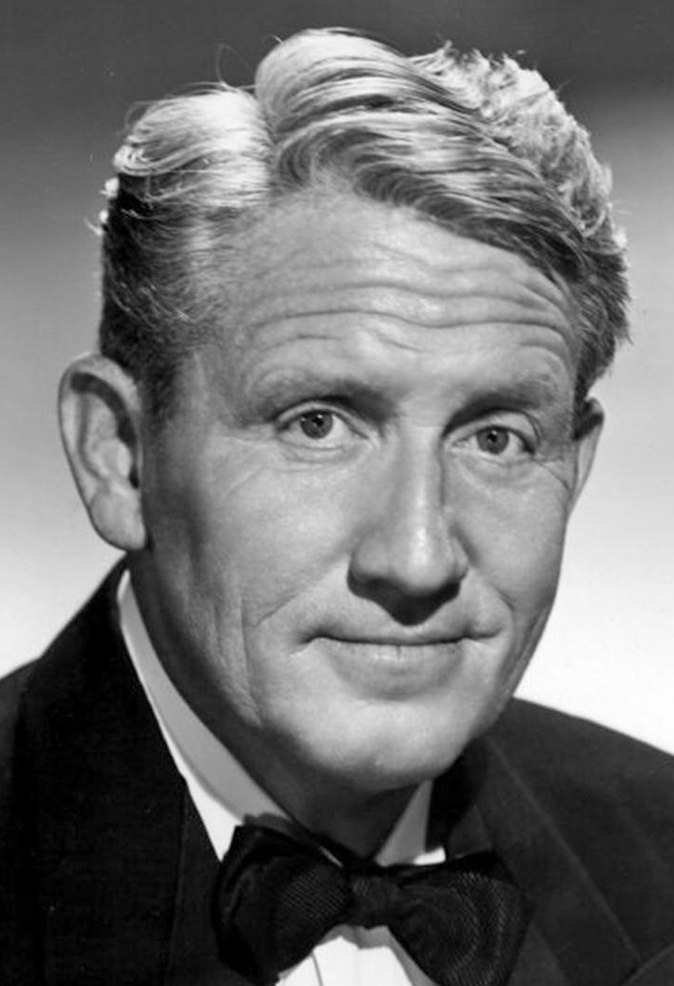
Spencer Tracy
Spencer Tracy delivers one of his typically first class performances as Frank Skeffington, the Irish-American mayor of an unnamed New England City who is running for a fifth term. The conflicts between him, because of his roguish but essentially decent populist style of leadership, and a couple of power blocs, especially the old blue blood wasps, lend much interest to the story line, which is both funny and moving. And the large superb cast, which includes the other above-mentioned names, has been called by one reviewer “the largest collection of scene-stealers in the history of cinema.”
The Cars
Since You’re Gone; Think It Over
Elektra/Asylum, E 47433, seven inch 45, recorded 1981.
The group, Cars, was formed in Boston, in 1976 – the same year I moved back to Maine after my three-year sojourn in Beantown. After listening to this 45, I found myself captivated by the pulsating arrangements, utilizing interesting percussion sounds, but was unimpressed by the namby pamby two songs which went nowhere!
Dvorak
9th Symphony From the New World
James Loughran conducting the London Philharmonic; Mendelssohn: The 4th, or Italian Symphony- Antonio Pedrotti conducting the Czech Philharmonic; Net Surfin’, VMK-1059, cd, Dvorak recorded 1997, Mendelssohn from 1951.
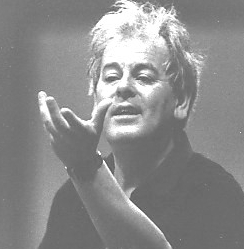
James Loughran
This CD features two very talented conductors not generally known to even the typical American concertgoer and their interpretations of very well known symphonies. The Scottish-born James Loughran, now 87 and still active as a conductor and teacher, did one of the loveliest, most satisfying recordings of the Dvorak New World.
The even more unknown but very gifted Italian, Antonio Pedrotti (1901-1975) left one gem of an Italian Symphony, a Mendelssohn staple that can work as quickly as a sleeping pill in the wrong hands; this Maestro imbued the piece with perkiness, elegance and sweet poetry in just the right proportions. The CD is very cheaply priced on Amazon.
 by Peter Cates
by Peter Cates